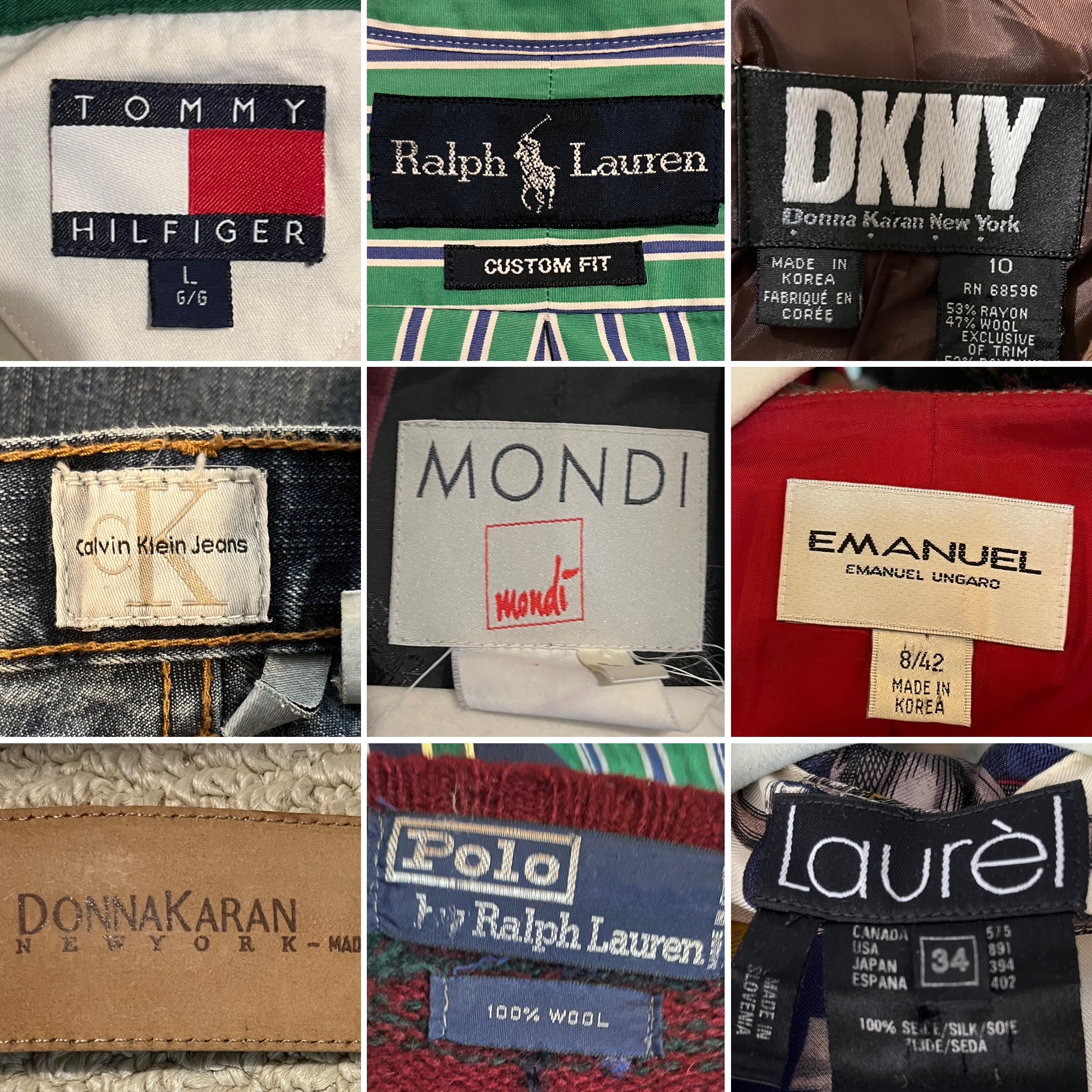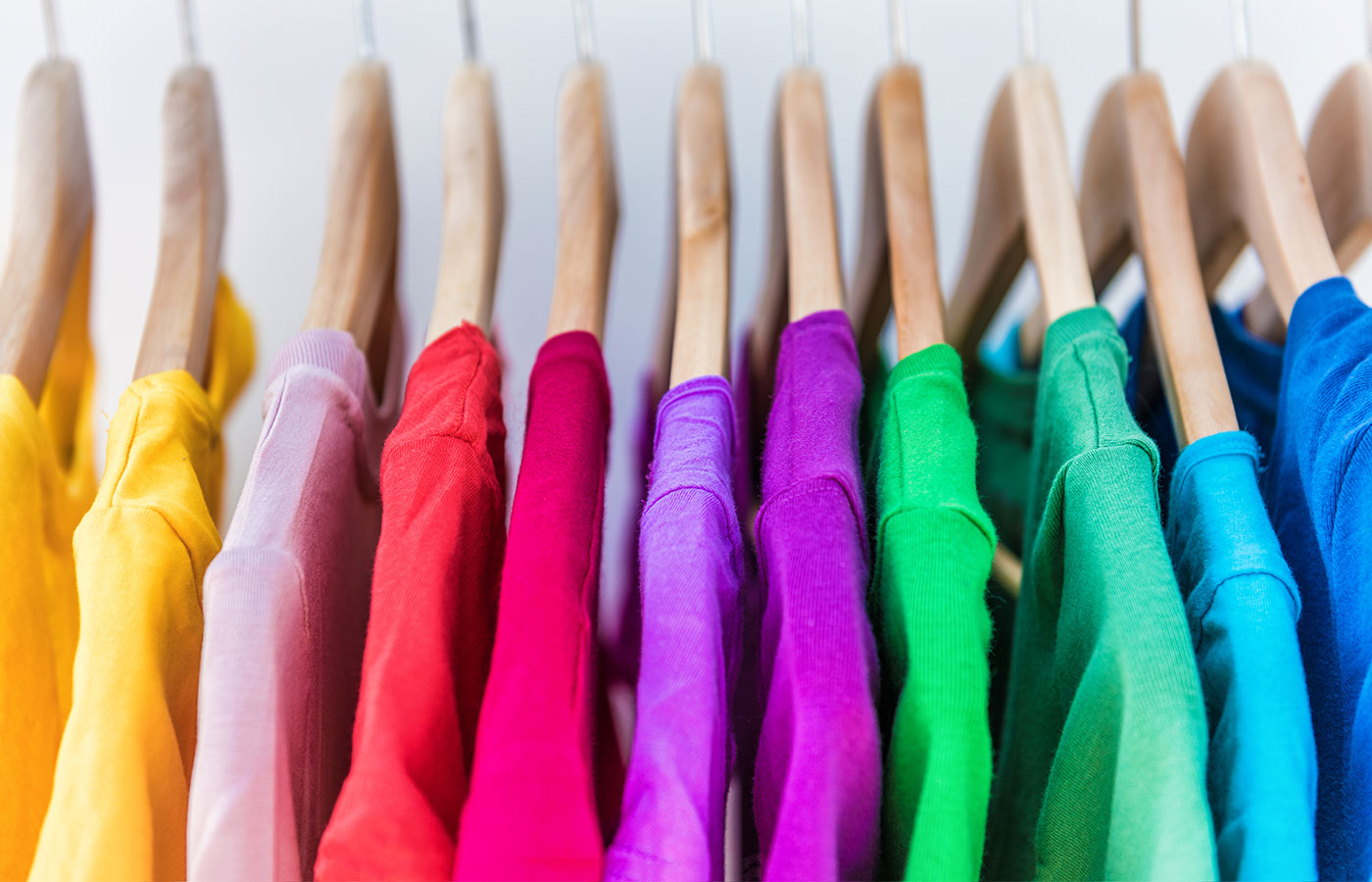How Fabric Weight Impacts Comfort in Branded Clothing
How Fabric Weight Impacts Comfort in Branded Clothing
Blog Article
Understanding Clothing: The Relevance of Fabric Choices in Your Wardrobe
The selection of fabric in clothing plays a critical role in both appearances and functionality. Various materials offer varying degrees of breathability, comfort, and durability, straight influencing the wearer's experience. Recognizing these nuances can enhance one's closet considerably. Many forget exactly how these options can influence not just individual design, however likewise sustainability. What fabric choices could redefine your wardrobe and align it with both style and duty?
The Duty of Textile in vogue and Functionality

Typical Fabric Types and Their Characteristics
When picking clothes, understanding the attributes of usual fabric kinds is vital for making informed options. Cotton, a widely-used natural fiber, is known for its breathability, gentleness, and adaptability, making it suitable for sportswear and day-to-day garments. Linen, one more natural alternative, boasts excellent moisture-wicking properties and a distinct structure, perfect for cozy climates.Wool, typically preferred for its heat and longevity, differs in fineness; merino woollen is soft against the skin, while coarser types are made use of for outerwear. Synthetic textiles like polyester and nylon use sturdiness and resistance to creases, making them prominent for activewear and travel garments. Lastly, blends, which incorporate synthetic and natural fibers, can enhance functionality while preserving comfort. By identifying these textile qualities, people can pick clothing that aligns with their way of life and aesthetic choices.
Breathability and Convenience: Choosing the Right Fabrics for Different Environments
Picking the right fabrics for numerous environments can significantly boost convenience and total wearability. Breathable materials are crucial in hot climates, as they permit air circulation and moisture evaporation. Fabrics such as cotton, bed linen, and moisture-wicking synthetics efficiently draw sweat away from the body, keeping the user cool and dry. Conversely, in chillier environments, thicker fabrics like woollen or fleece supply insulation while retaining breathability, guaranteeing heat without overheating.Additionally, the selection of material weight plays a crucial role; light-weight textiles are more suitable for summer season, whereas larger options are matched for wintertime wear. Recognizing the special residential or commercial properties of each textile allows individuals to clothe properly for varying climate conditions. Inevitably, picking comfy and breathable fabrics customized to particular climates can considerably boost day-to-day comfort and enhance the general experience of using clothing.
Toughness and Treatment: Just How Material Influences Durability of Your Closet
Picking the appropriate materials can significantly affect the longevity and care needs of a wardrobe. Fabrics such as cotton and polyester are understood for their resilience and simplicity of upkeep, making them perfect for day-to-day wear. In contrast, fragile products like silk and shoelace need more careful handling and specialized cleaning techniques, which can enhance the time and initiative needed for care. Branded Clothing.Durability is also influenced by the textile's weave and surface; snugly woven materials tend to withstand deterioration far better than loosely woven alternatives. Furthermore, synthetic blends commonly offer boosted durability, incorporating the ideal qualities of several fibers.Understanding the care directions for every textile is crucial, as improper washing or drying out can bring about premature wear. Eventually, choosing sturdy materials can result in a longer-lasting wardrobe, lowering the regularity of substitutes and contributing to a more lasting fashion option
The Impact of Fabric on Fit and Shape

Lasting Material Options: Making Eco-Friendly Decisions
The impact of material extends beyond fit and shape to encompass ecological elements, triggering a growing rate of interest in sustainable fabric options. Green fabrics, such as natural cotton, hemp, and Tencel, are acquiring grip amongst customers who focus on sustainability in their closets. These products are often generated with fewer chemicals and water, reducing their eco-friendly footprint.Additionally, recycled materials, made from post-consumer waste, offer an ingenious remedy to the textile industry's contamination problem. Brands significantly welcome openness in their sourcing techniques, allowing customers to make educated choices regarding their purchases.Choosing sustainable materials not just supports moral practices however also motivates the apparel industry to embrace more accountable manufacturing techniques. As awareness of environmental issues increases, people are prompted to assess the long-lasting impact of their textile selections, cultivating a motion in the direction of a more lasting and environmentally conscious method to style.
Elevating Design: Just How Textile Can Change a Clothing
While numerous might concentrate on color and cut when selecting a clothing, the look at these guys option of material plays a necessary function in elevating design and improving general look. Different materials share distinct moods and messages; as an example, silk exhibits high-end and refinement, while denim supplies a casual, kicked back ambiance. The structure and drape of a material can dramatically alter the silhouette, with structured materials supplying a sleek look and softer ones developing a more fluid, relaxed aesthetic.Moreover, the weight of the fabric influences wearability throughout periods. Lightweight materials like bed linen and cotton are ideal for summer season, while heavier products such as woollen and velour provide heat and elegance in chillier months. Understanding textile properties, such as breathability and stretch, likewise equips individuals to make informed options that boost comfort without compromising style. Inevitably, the ideal material can change an attire from ordinary to remarkable, making it a vital consideration in any kind of closet.
Regularly Asked Inquiries
Exactly how Do I Recognize the Material Web Content of My Garments?
To recognize textile material, one can check out care labels, conduct shed examinations for fiber identification, or get in touch with textile examples. These methods aid separate products, making sure informed selections for garments treatment and maintenance in everyday wear.
Can Fabric Choice Affect My State Of Mind or Confidence?
Material selection can considerably impact an individual's state of mind and confidence. Branded Clothing. Certain materials might evoke sensations of convenience or beauty, while others can feel limiting or unflattering, inevitably affecting self-perception and emotional well-being throughout the day
What Fabrics Are Best for Delicate Skin?
For people with sensitive skin, natural materials like linen, bamboo, and cotton are often advised. These materials are breathable, hypoallergenic, and much less likely to trigger irritation, making them ideal selections for convenience and skin health and wellness.
Just how Do I Correctly Laundry and Take Care Of Various Fabrics?
To properly wash and care for different fabrics, one need to Get More Info think about each product's particular demands, consisting of temperature level setups, cleaning agents, and drying techniques, making certain durability and maintaining the textile's original high qualities for ideal usage.
Exist Particular Fabrics for Athletic or Efficiency Use?
Athletic or efficiency wear commonly uses materials such as spandex, polyester, and nylon. These materials are developed for moisture-wicking, breathability, and flexibility, enhancing motion and convenience during physical activities while providing toughness and support. Conversely, in chillier climates, thicker fabrics like woollen or fleece give insulation while maintaining breathability, making certain warmth without overheating.Additionally, the selection of textile weight plays an essential duty; light-weight textiles are better for summer season, whereas much heavier choices are matched for winter season wear. In contrast, fragile materials like silk and shoelace need even more mindful handling and specialized cleansing techniques, which can boost the time and effort needed for care.Durability is also influenced by the material's weave and finish; securely woven textiles have a tendency to resist wear and tear much better than loosely woven alternatives. In contrast, rigid textiles can limit motion but offer a traditional, refined look.Moreover, the density and appearance of the textile can influence the visual perception of body shape. The impact of material extends past fit and silhouette to incorporate environmental variables, prompting an expanding passion in lasting textile selections. The texture and drape of a material can substantially alter the silhouette, with organized textiles providing a sleek look and softer ones producing an extra fluid, loosened up aesthetic.Moreover, the weight of the fabric affects wearability across periods.
Report this page